Comparison between hand-knotted and machine-made Rugs

Different coloured yarns in machine carpet production
Since the 19th century the loom has become more and more industrialized and automated. In England in particular, rugs were initially produced in large numbers by machine. Over time, the production method was more and more optimized. and shortened. On the one hand less manual work was needed in the production steps and on the other hand the production time was reduced to meanwhile only approx. one hour for a whole carpet. In comparison, a handmade carpet several months, if not years in knotting.
While the production method between machine-knotted and hand-knotted carpets differs substantially, one can usually see a difference quite quickly with one's eyes:
The fringes of a machine-made carpet are in most cases sewn on for purely decorative reasons. In a handmade example, fringes are the end piece of the warp thread that holds the knots together. The fringes of Nain rugs for example, even show the quality level.
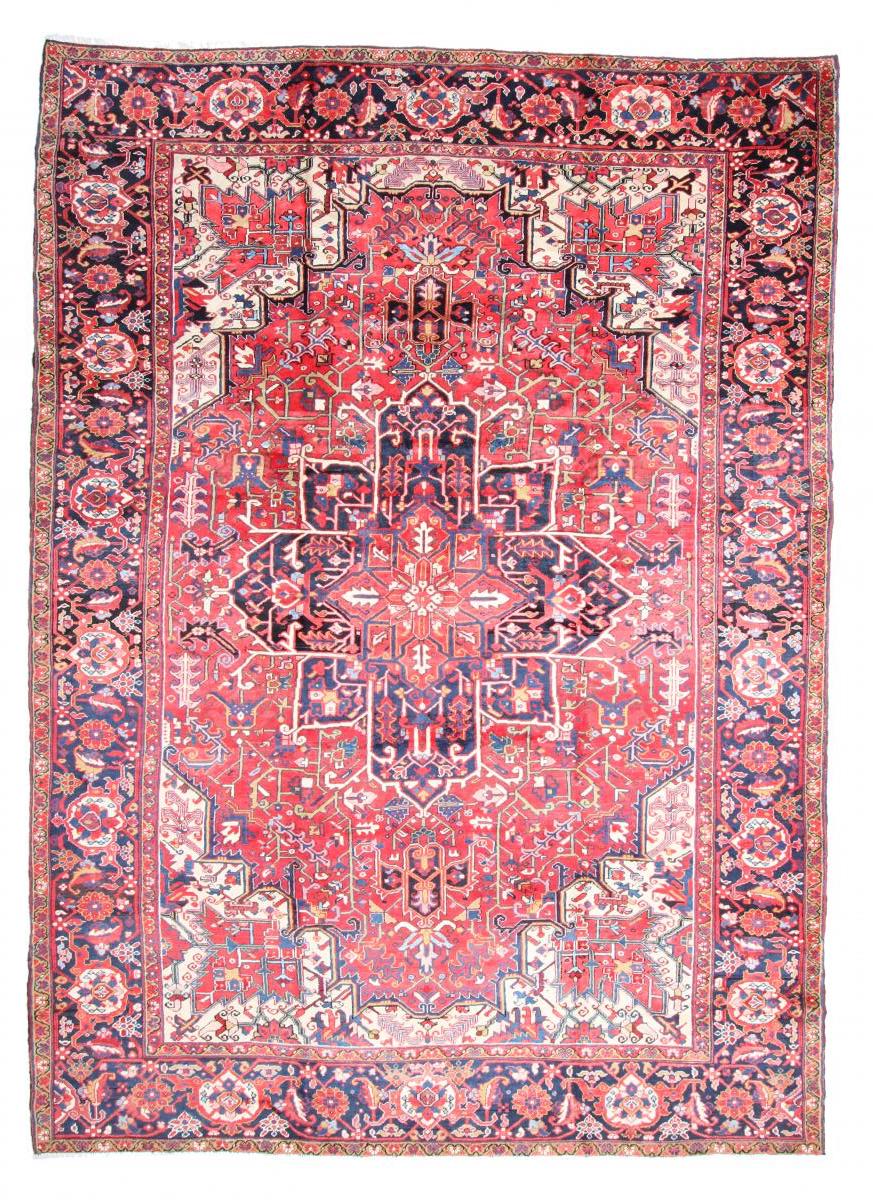
Heriz Persian rug with slightly asymmetrical pattern and over 10 different colour shades
Symmetry is an important feature to look out for. One can tell from an uneven edge and rug shape, as well as from irregularities in the knots on the back that a rug was knotted by hand. Machine-made carpets show virtually no irregularities or deviations from the norm.
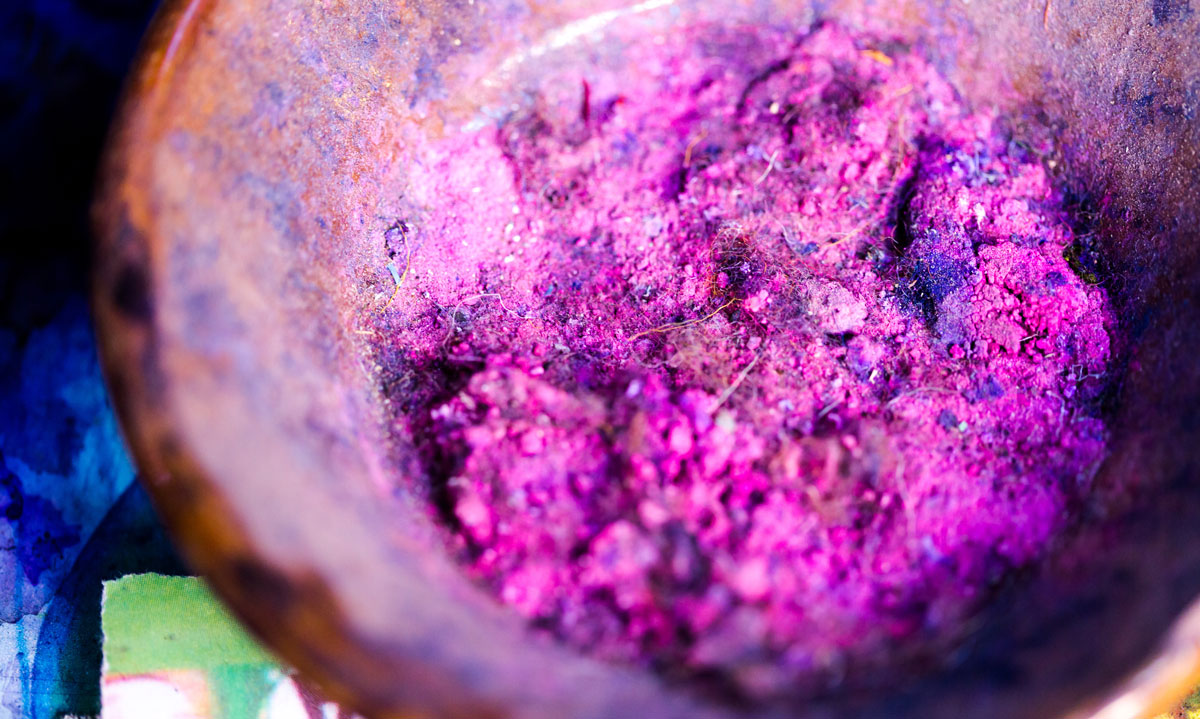
Colour pigments from natural material in a clay bowl
Examples of hand-knotted Rugs in Detail
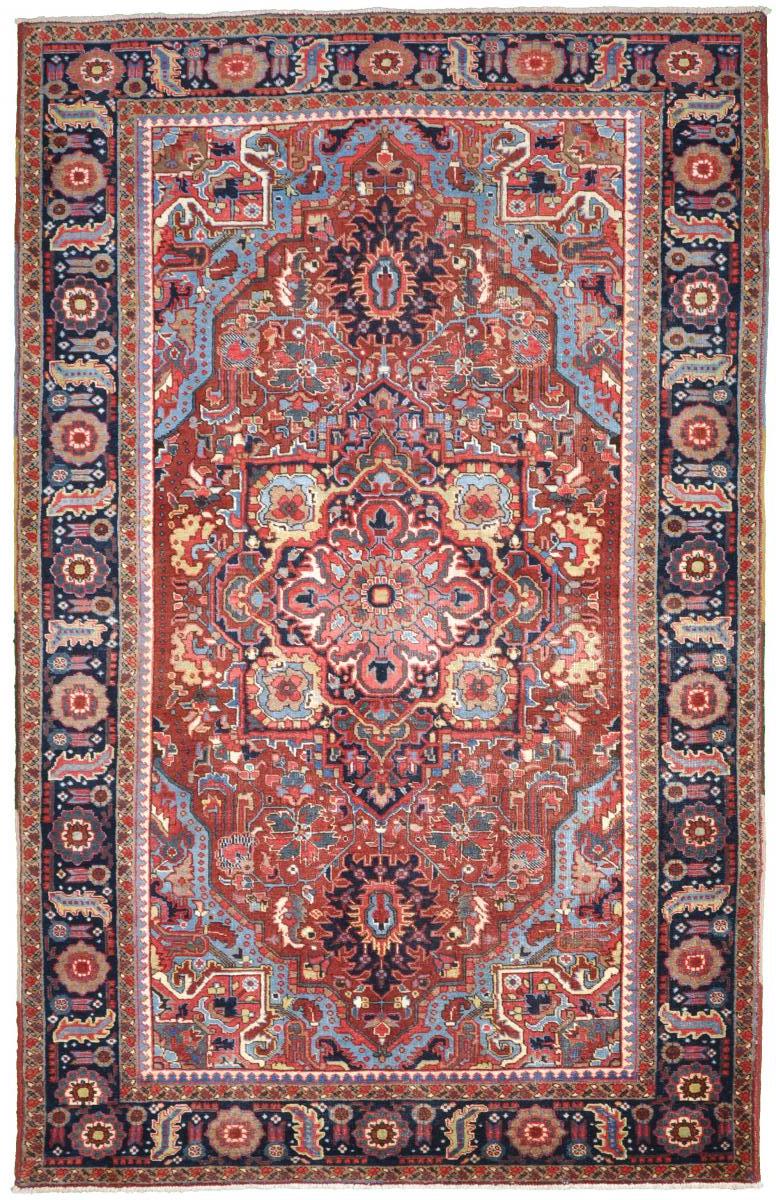
|
Heriz Persian Rug 296x189cm This Heriz-rug is an example of Persian rug-making. Its rustic finish testifies to its durability. It was hand knotted in the town of Heriz, near Tabriz in northwestern Iran. The ornaments of Heriz carpets are extremely popular today and are seen as very modern. View in shop
|

|
Bakhtiar 428x309cm This Persian Bakhtiar was hand knotted by nomads of the Bachtiari tribe. The design of its patterns is inspired by Persian gardens. The relatively high knotting density together with the strong yarn promises a long life. View in shop
|
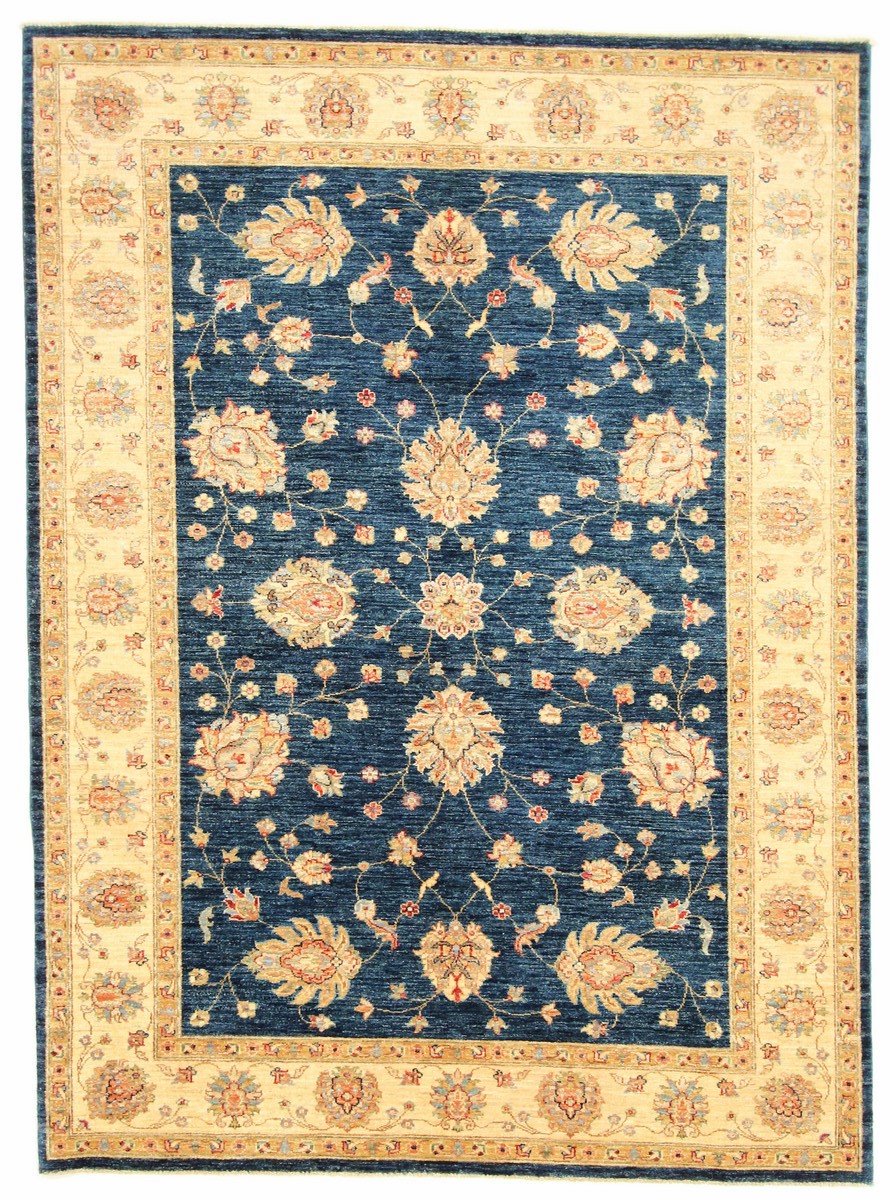
|
Ziegler Farahan 240x177cm This Ziegler Farahan was hand knotted from high quality wool in Pakistan. The sheep's wool has a natural fat content, which additionally protects the carpet from everyday stresses. The special treatment method of these carpets achieves a beautiful, modern vintage patina. The carpet is based on traditional Persian carpets and together with modern design elements it has been brought into modern times. View in shop
|
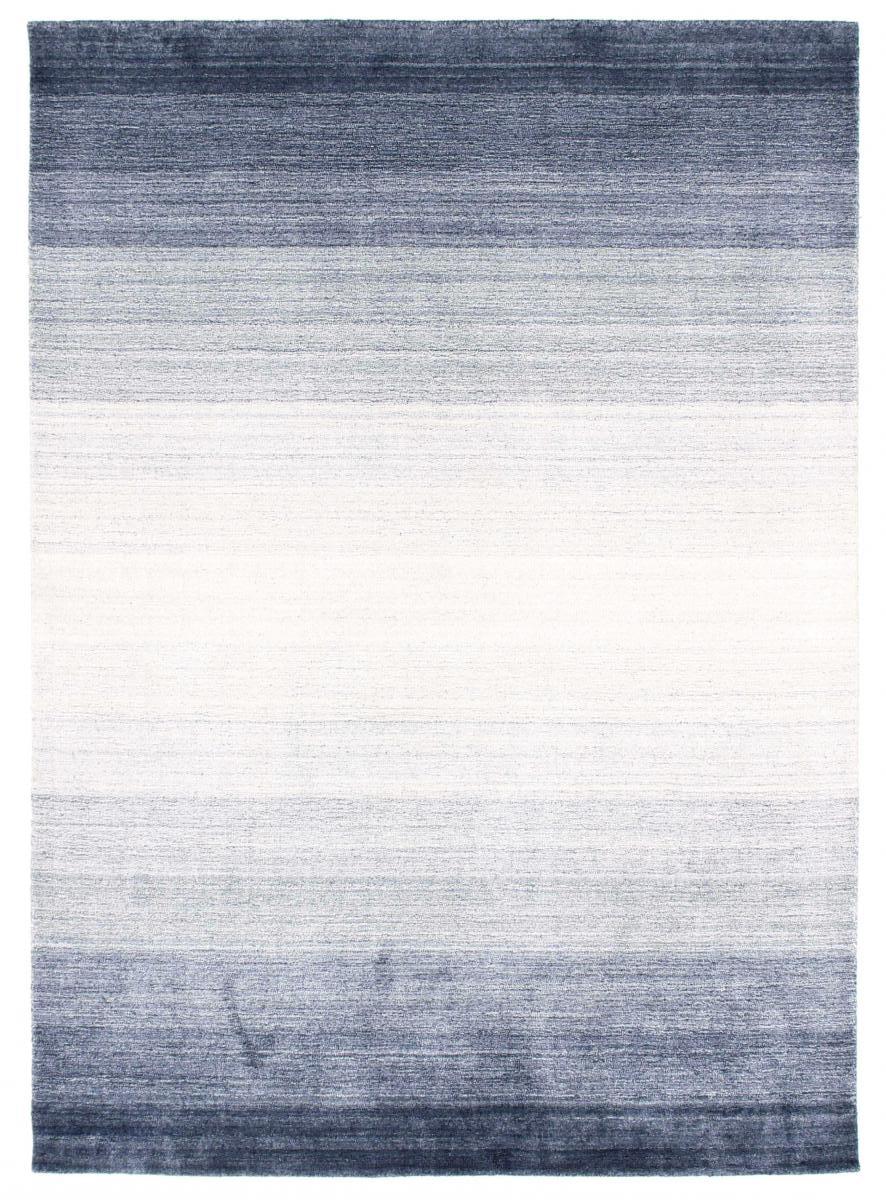
|
Gabbeh Loom 351x251cm This Gabbeh rug was hand-knotted from hand-spun sheep's wool by Ghasghai nomads in the province of Fars in southern Persia. Only natural plant dyes are used to dye the wool. Thus it is harmless for almost all rooms. View in shop
|
Production in Detail
Centuries-old tradition is the basis of almost every Oriental rug. Long ago Persian rugs were already considered the highest luxury...
Read more
Whether sheep wool, silk or cotton, the material of a hand-knotted oriental rug usually comes from nature...
Read more
The colours of many high-quality oriental carpets still originate today from plants and minerals...
Read more
No matter how detailed the pattern may be, some knotters still craft the rug from memory today...
Read more
An art that has been perfected over many centuries and is still unrivalled today...
Read more
Colour facets, durability, level of detail are only a few of the differences to machine-made rugs...
Read more